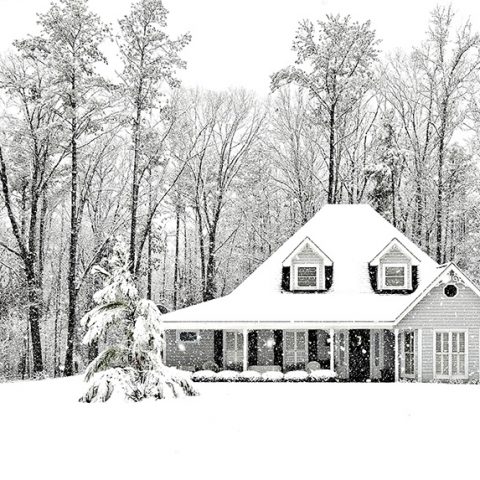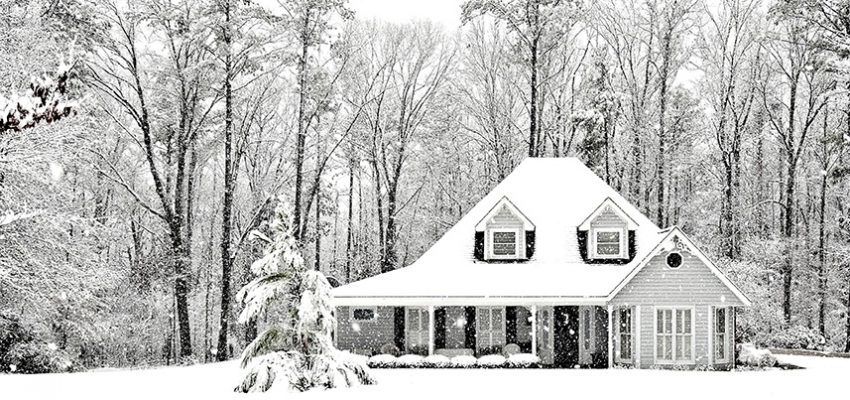Ice is one of the most dangerous elements that comes with winter weather. Whether it accumulates on building roofs, pipes, the ground or other objects, ice can be hazardous during the cold months in winter climates. Let’s learn some different ways you can melt the ice at your building, including self-regulating heat tracing cables, and avoid dangerous situations this year.
The Danger of Frozen Pipes and Roofing
While it may not seem immediately clear, buildings have plenty of hazards during winter months:
- When frozen pipes burst, your home or building operations comes to a halt with no running water.
- When rooftops start to accumulate ice, this can be very dangerous to pedestrians below if icicles break and fall.
- For surfaces, the ground can become very slippery and walking becomes a challenge.
People go to great lengths to try to solve this problem, including climbing on rooftops or manually shoveling snow and ice, or using various chemicals to melt it. These options often pose safety, and even environmental risks. Mitigating snow and ice hazards means improved safety and lower maintenance costs for you.
Can Self-Regulating Heat Trace Cables Melt the Ice?
An innovative technology that has been around for decades is the use of electric heat tracing self-regulating systems. Self-regulating heat trace cables are a cost and energy-efficient solutions. It utilizes an intelligent design to constantly monitor ambient temperature. Then, it will switch on and off accordingly.
For example, when the ambient temperature is low, the polymer contracts and results in many conductive paths that create increased heat output. However, when the ambient temperature is high, the polymer expands, and results in fewer conductive paths that create decreased heat output. As a result, heat is only emitted when and where it is needed, keeping energy usage down.
Although self-regulating heat trace cable provides a significant portion of their own thermostatic control, a thermostat or advanced controller can offer a finer degree of control for additional energy savings and reduced energy costs. In particular, advanced programmable control units that monitor the ambient temperature and accurately regulate the output temperature are the ideal choice for commercial and public buildings, which often have a large amount of cabling and traditionally use more energy than residential applications.
How to Get Started
Depending on the type of property, material and purpose of the heated area, there is a wide range of self-regulating heat tracing systems available to suit specific needs. Be one step ahead this winter and install heat-tracing solution before the next cold snap hits and the potential for serious damage arises.
Get help to identify the weak points in your building and to decide which self-regulating heat trace cables are best suited for your situation. We offer various heat tracing online calculators that can help you design the right system for the application including TraceCalc Pro for buildings, a design tool for heat tracing pipes, Roof & Gutter Deicing calculator, a tool to help design the right system for your roofs and SnoCalc, a tool to help you design the right system for your surface.
Ready to learn more about how you can melt the ice this winter? Sign up for our Roof and Gutter Deicing Webinar, and start designing a system to solve your needs.
[CTA ROOF AND GUTTER DEICING WEBINAR]



